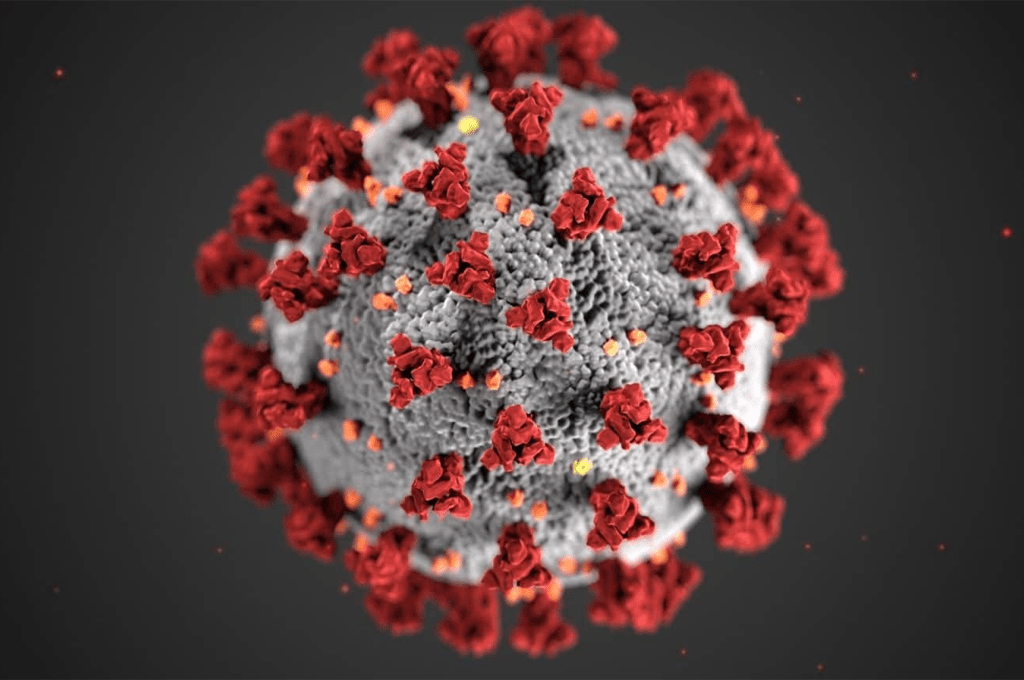Improved dog reference genome foundation for future disease research
By using new methods for DNA sequencing and annotation, scientists have built a new and more detailed dog reference genome. The study was carried out by researchers at Uppsala University and the Swedish University of Agricultural Sciences led by SciLifeLab researcher and founding Co-Director of SciLifeLab, Kerstin Lindblad-Toh.
The research, which is presented in the journal Communications Biology, will support research on the link between DNA and disease, both in dogs and their human friends.
Before the human- and dog genomes were sequenced in the early 2000s, researchers had predicted that the dog genome would contain some 100 000 genes. Instead, they found a fifth of that number, barely 20 000 genes.
More than that, the information was incomplete with over 23 000 gaps in the genome.
However, thanks to the work done by the group led by Kerstin Lindblad-Toh (SciLifeLab/UU) and Jennifer Meadows (SciLifeLab/UU), the number of gene gaps have now been reduced to 585. A key factor was the use of long-read technology instead of short-read. This improved the genome greatly, identifying missing genes and highlighting regions of the genome that regulate when these genes are on or off.
Mischka, a 12-year-old female German Shepherd, was selected as the source for the researcher’s high-quality reference genome assembly. Mischka was free of known genetic disorders, and when compared with additional German Shepherd sourced from within Sweden, was found to be genetically representative of the breed.
“We can think of the genome as a book”, says Jennifer Meadows in a press release from Uppsala University.
“In the previous assembly, many words and sometimes whole sentences were in the wrong order or even missing. Long-read technology allowed us to read whole paragraphs at one time, greatly improving our comprehension of the genome”, she continues.
“Additional tools which measure the DNA’s 3D structure allowed us to place the paragraphs in order”, says first author Chao Wang (SciLifeLab/UU).
Helps disease research
Domestic dogs have spent tens of thousands of years alongside humans and suffer from similar diseases such as neurological and immunological diseases as well as cancer. Because of this, studying dog disease genetics can provide precise clues to the causes of corresponding human diseases.
“The improved canine genome assembly will be of great importance and use in canine comparative medicine, where we study diseases in dogs, for example, osteosarcoma, systemic lupus erythematosus (SLE), and amyotrophic lateral sclerosis (ALS), with the goal of helping both canine and human health,” says Kerstin Lindblad-Toh.





